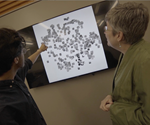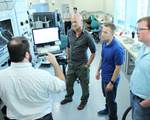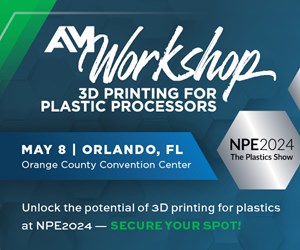Video: 3 Roles for Computer Vision in Metal 3D Printing
Carnegie Mellon University professor Elizabeth Holm explains three ways computer vision can advance powder-bed metal 3D printing.
Share
In additive manufacturing, the microstructure of a part is critical to that part’s properties, performance and quality. The better microstructure can be understood and controlled, the more repeatable the AM process becomes. Research currently underway at Carnegie Mellon University (CMU) is exploring how computer vision—the use of computational algorithms to sense visual information—could be applied to advance understanding of microstructures in powder-bed metal 3D printing.
In the video below, Elizabeth Holm, professor of materials science and engineering at CMU, shares three applications for computer vision in AM materials, process control and quality control. Learn more about Holm’s research in applying computer vision and machine learning to metal powders.
Related Content
-
1000 Kelvin’s AMAIZE AI Co-Pilot for Additive Manufacturing Now Available for Autodesk Fusion
The AMAIZE software is an “AI co-pilot” for engineers, predicting print issues upfront, performing corrections and generating industrial-grade, ready-to-use print files specific to a machine.
-
PhysicsX, Velo3D Partner to Provide Engineers with AI Simulation Tooling
The collaboration gives Velo3D customers access to AI-enabled physics simulation and optimization capabilities, and gives PhysicsX customers increased manufacturing flexibility to produce their most advanced concepts.
-
Voxel Developing AI Alternative to Generative Design
Newly opened Ohio facility is where geometric cells are made and tested to inform the machine learning system that will “know,” without computation, what 3D printed form satisfies a given set of needs.

.jpg;width=70;height=70;mode=crop)










